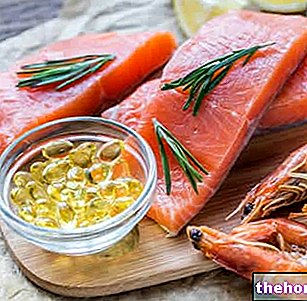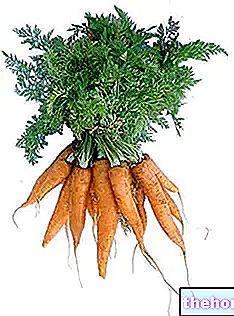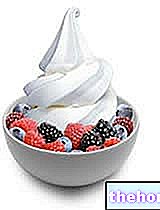Selenium is a micronutrient trace mineral endowed with many properties and which performs numerous functions, both for the human or animal organism, and for that of plants and various bacteria; in the next paragraph we will thoroughly investigate them.

It is mainly contained in foods of animal origin, especially sea fish - as well as iodine - and offal, but it is also found in varying concentrations in various cereals, legumes, oil seeds, fruits and vegetables - depending on the concentration in the soil.
Because of its importance, many suggest supplementing the diet with fortified foods, diet foods or food supplements; however, it should be remembered that selenium can be potentially toxic in excessive concentrations.
In the human body, selenium is present in organic form (selenocysteine or selenium-cysteine and selenomethionine or selenium-methionine) and inorganic (selenites and selenates). Most selenium is concentrated in the liver and thyroid gland; they contain selenium. enzymes that metabolize thyroid hormones and antioxidant type.
Organic selenium - in the form of selenium-cysteine - is a cofactor of the antioxidant enzymes glutathione peroxidase (GSH-Px) and thioredoxin (Trx) disulfide reductase. Operating in synergy with vitamin E (tocopherol or tocotrienol), the glutathione peroxidase family is responsible for combating the oxidative stress of free radicals - especially reactive oxygen species such as hydrogen peroxide and organic hydroperoxides - on cell membranes: 2 GSH + H2O2 ---- GSH-Px → GSSG + 2 H2O. The thioredoxin disulfide reductase, on the other hand, is an enzyme belonging to the oxidoreductase class that catalyzes the following reaction: thioredoxin + NADP + ⇄ thioredoxin disulfide + NADPH + H +




























